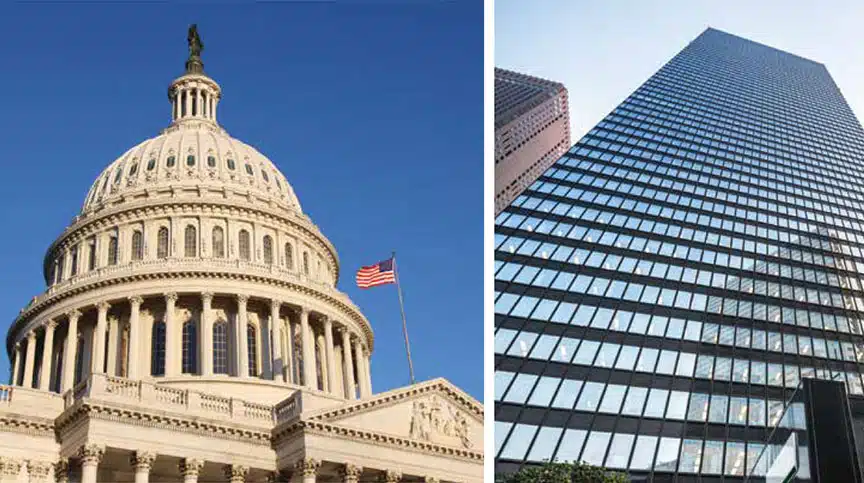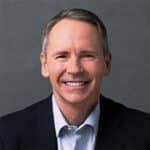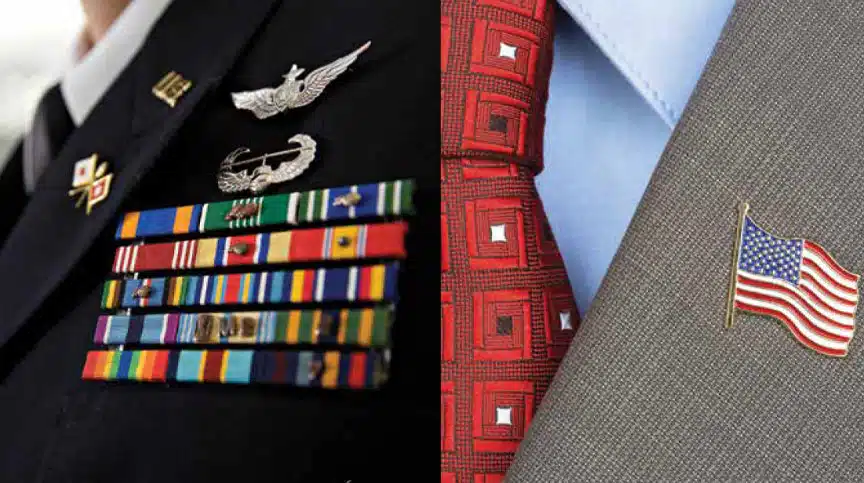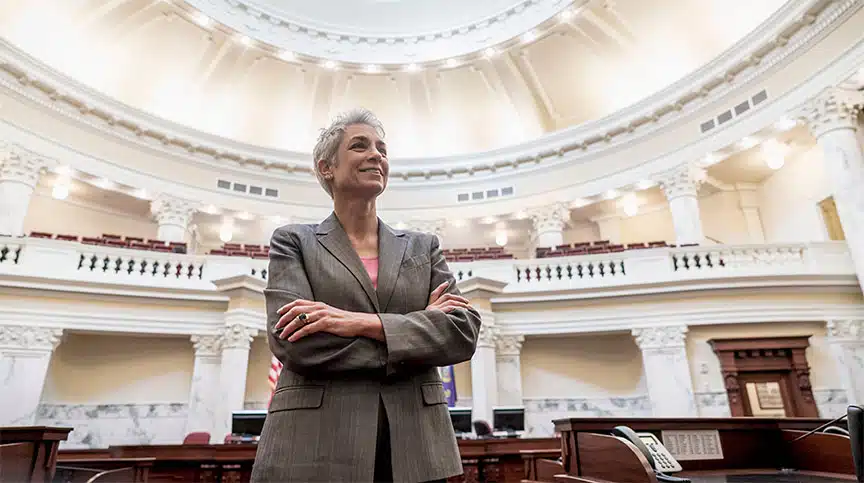Introduction
On October 1, 2013, the United States federal government shut down after Congress failed to enact legislation appropriating funds for the new fiscal year.
Routine operations were curtailed, 800,000 federal employees were indefinitely furloughed, and another 1.3 million were required to report to work without known compensation. Regular government services did not resume until October 17 when Congress passed and the president signed an interim appropriations bill.
The government shutdown provided a dramatic example of the clash and collision of views surrounding the role of government and governance, of civil service vs. the private sector.
Political leaders grappled with fundamental questions concerning the core functions, size, and funding of government. Despite their often diametrically opposed views, however, consistent calls could be heard from both sides of the political aisle that “the government should be run more like a business.”
Implicit in this refrain is the assumption that private sector is more efficient or effective than civil service. But are we comparing apples to oranges?
Certainly similarities exist between the public and private sectors. For example, both are populated with organizations of diverse sizes, budgets, and missions.
Nonetheless, major differences are readily apparent. Private sector organizations usually focus on profits and shareholder value, and operate within a business or entrepreneurial framework. Public sector organizations typically focus on regulatory implementation of legislation and service delivery to citizens, and operate within a unique constitutional framework founded upon the separation of powers of the branches of government.
Whether one sector is more or less efficient than another is best left to economists and politicians to deliberate, but the larger question comparing the public to the private sector does raise important issues about the nature of leadership. Are there different challenges associated with leadership in the public vs. private sector?
If so, do those differences alter the skills and behaviors required for good leadership? How might those differences impact leader development? Answering these questions might benefit leaders in both sectors.
This is the second in a series of white papers that compare leadership challenges among military, civil service, and private sector leaders. The first paper compares military vs. civil service, the second examines civil service vs. private sector, and the third looks at military vs. private sector.
We routinely ask participants in our Leadership Development Program (LDP)®, targeted to leaders of managers, and Leadership at the Peak program, targeted to enterprise leaders, to name their 3 most important leadership challenges.
While the results are only applicable to U.S. federal civilian leadership, we feel that these experiences might also be familiar to state and local government leaders.
This data provides rich insights into the similarities and differences between leadership in the public vs. private sector and of challenges faced by those leading in the civil service vs. private industry.
Additional Contributing Author:
Mike Rybacki is a US Army Infantry Major serving as a leadership and management instructor in the Department of Behavioral Science and Leadership, US Military Academy at West Point. Mike served as an infantry platoon leader in the 82nd Airborne Division and an infantry company commander in the 3rd Infantry Division, leading both a platoon in Afghanistan and a company in Iraq. He earned an MBA from Duke University and a BS in systems engineering from the US Military Academy.
Download White Paper
Understand civil service vs. private sector challenges and how leaders are responding to them by downloading this paper.









